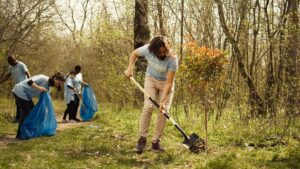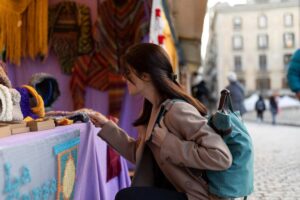Travel Blogs
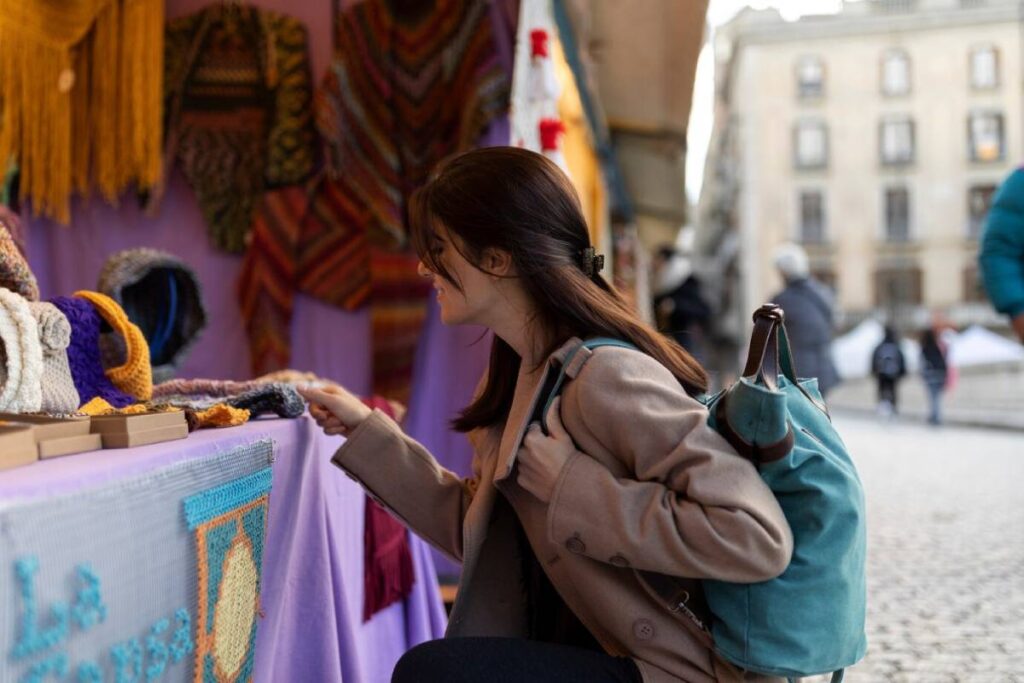
Preserving Traditions: The Role of Travellers
Every culture holds its own stories — in food, music, art, dance, language, and beliefs. These traditions shape identity and bring communities together. But in many parts of the world, cultural heritage is fading.
Tourism can help or hurt. When done thoughtfully, travel supports traditions. But when it’s careless, it can lead to loss and disrespect.
This is where you come in. Cultural preservation travel isn’t just for watching; it’s for connecting thoughtfully. Being there can preserve traditions, aid communities, and enhance your ties to the places you explore.
This guide shows how travellers can support sustainable tourism. It offers practical, respectful, and simple steps to follow.
What Is Cultural Preservation Travel?
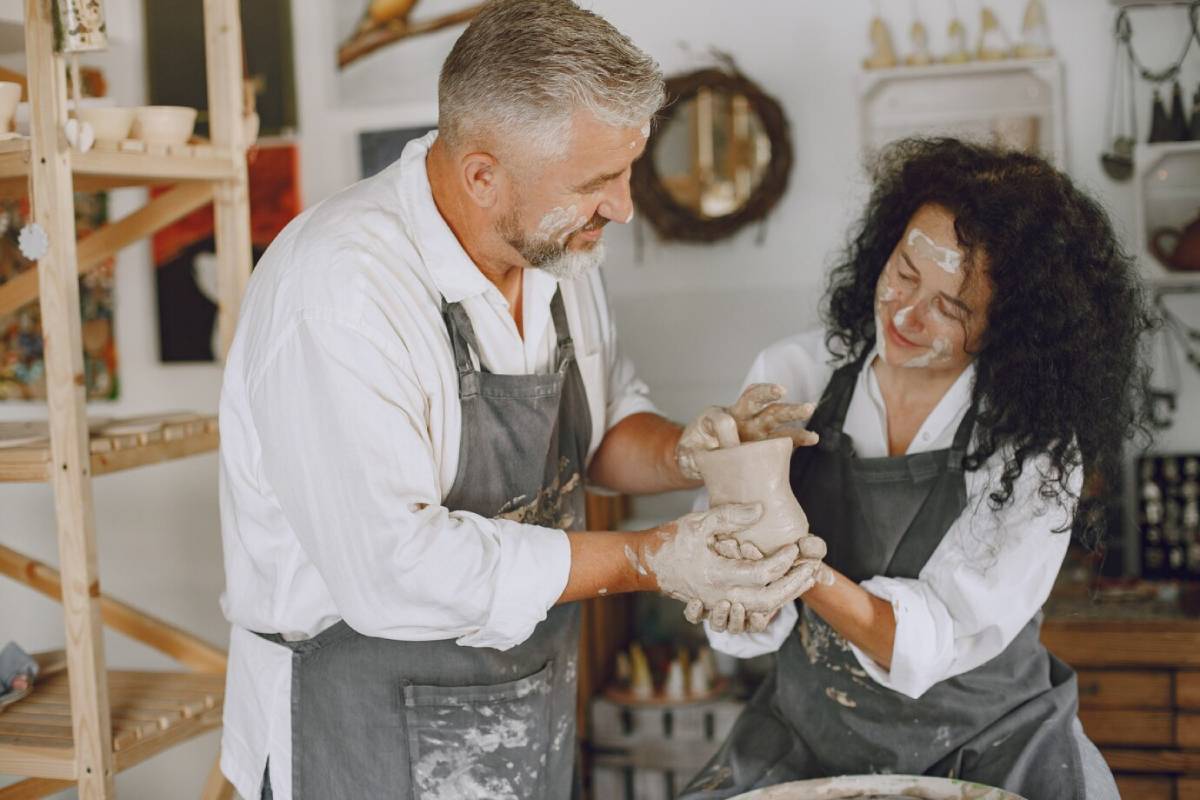
Cultural preservation travel is about visiting places while protecting and respecting local traditions. It includes:
- Learning about a place before arriving
- Supporting artisans, storytellers, and cultural workers
- Avoiding actions that harm or misrepresent traditions
- Choosing experiences that involve locals in meaningful ways
It’s about more than ticking off sights. It’s about helping cultures survive and thrive.
Why Cultural Traditions Are at Risk
Many traditions face risks from modernisation, climate change, migration, and commercial tourism. Here’s how travel can become part of the problem:
- Tourists demand “performances” that simplify or fake real rituals
- Big tourism companies take profits away from local communities
- Sacred objects and stories are turned into souvenirs
- Cultural sites are damaged by overuse and careless behaviour
But this trend can be reversed. With the right approach, tourism can give new life to fading traditions.
How You Can Help Preserve Culture
1. Learn Before You Go
Understanding a place shows you care. It also helps you avoid disrespect by accident.
Look into:
- Local customs and taboos
- Traditional dress or greetings
- The history of the group or community
- Key cultural sites and their significance
Knowing even a little helps you connect more deeply. It also reduces the chance of causing harm.
2. Choose Local Guides and Hosts
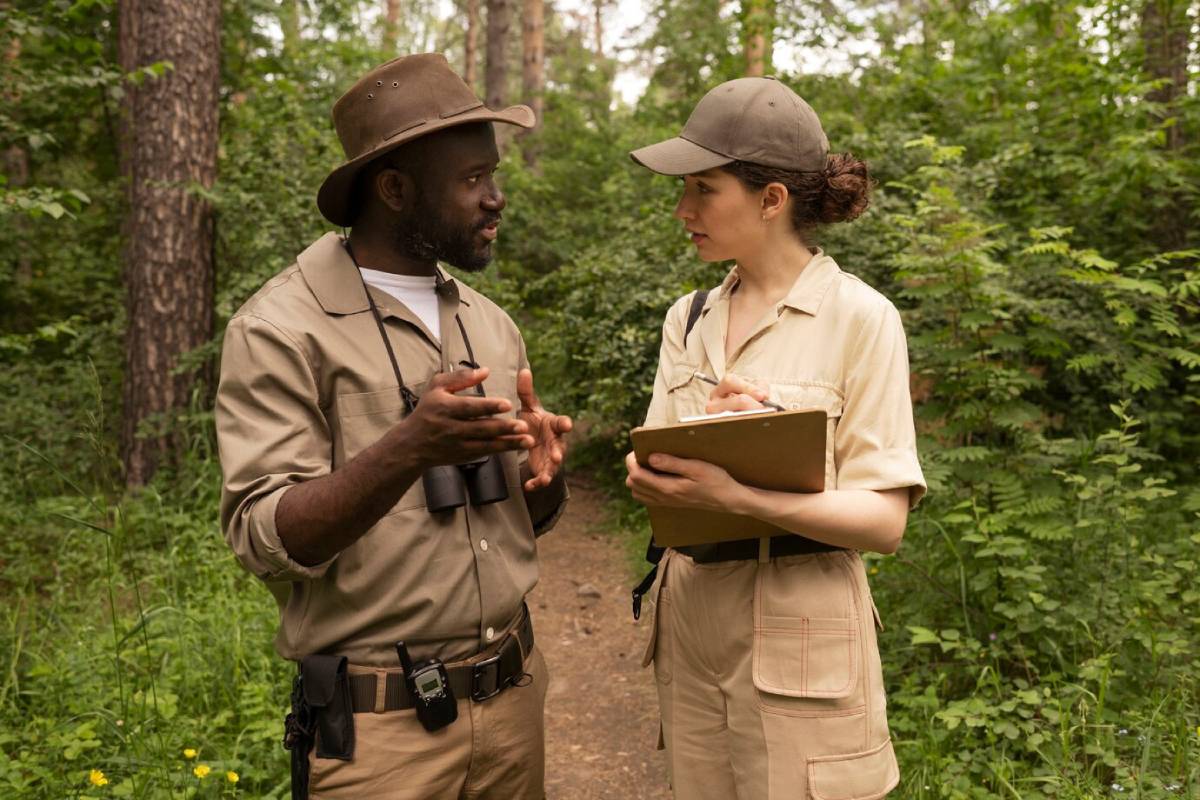
A local guide offers more than facts — they offer lived experience. Staying with local hosts or booking community tours brings real stories to your trip.
When you:
- Hire local guides
- Sleep in community-run homestays
- Take workshops from artisans
- Visit local museums or cultural centres
You’re keeping knowledge alive and supporting livelihoods.
3. Support Traditional Crafts and Arts
Buying local art, textiles, instruments, or pottery helps preserve heritage. But buy wisely.
Look for:
- Handmade, locally sourced products
- Artists who explain their process
- Items that come with a story or cultural context
Avoid:
- Mass-produced “tribal” goods
- Sacred items turned into decorations
- Products sold without credit to the maker
Ask where things come from. Ethical sellers will be happy to explain.
Showing Respect Through Action
4. Dress and Act with Cultural Awareness
Different places have different expectations. Respect starts with appearance and behaviour.
Basic tips:
- Dress modestly, especially in religious or traditional areas
- Remove shoes when required
- Avoid loud voices in sacred places
- Don’t interrupt ceremonies or private moments
- Always ask before joining or observing
Watching what others do is often the best guide. When unsure, ask.
5. Use Language with Care
Learning simple greetings shows respect. Even saying “hello” or “thank you” in the local language can break down barriers.
Avoid using words from local languages as jokes or slang. Words have power. Use them wisely and kindly.
Ethical Storytelling and Photography
6. Ask Before You Snap
Photos can be powerful. But not everyone wants to be part of your album.
Good photo practice:
- Always ask before photographing people
- Respect signs that say “no photography”
- Don’t take photos during sacred or emotional events
- Be especially cautious with children or elders
- Put the camera down and experience the moment
Cultural preservation includes respecting people’s right to privacy and dignity.
7. Share Stories With Sensitivity
If you post about your trip, think before you share.
Ask:
- Does this post show the culture with respect?
- Am I sharing something private or sacred?
- Did I ask permission to share this image or story?
- Am I giving credit to the people involved?
Social media has power. Use it to honour, not to exploit.
Responsible Travel Tips for Cultural Impact

To travel responsibly, think about what you take, what you leave, and who benefits from your visit.
Dos:
- Support locally owned businesses
- Book cultural workshops with community groups
- Share positive reviews of respectful experiences
- Learn about and honour local beliefs
- Use your trip to listen, not just look
Don’ts:
- Bargain too hard with artisans
- Mimic or wear traditional clothes for fun
- Take items from cultural or natural sites
- Buy souvenirs made from endangered materials
- Attend “shows” that make fun of or fake culture
Culture is not entertainment. It’s identity. Treat it with care.
Cultural Sustainability in Action: Real-Life Examples
Indigenous Tourism in New Zealand
Māori communities offer tours, workshops, and performances that reflect real stories and values. These experiences are designed and led by Māori people, offering fair pay and cultural pride.
Traditional Weaving in Guatemala
Women’s cooperatives provide weaving classes. Here, travellers can learn about Mayan designs and purchase handmade goods. These sales help fund schools and preserve ancient methods.
Festival Homestays in Bhutan
Some Bhutanese villages invite guests during local festivals. You stay with a family, learn customs, and join events. The fees go directly to the host and help protect unique traditions.
These examples show what’s possible when tourism respects tradition.
Long-Term Support Beyond the Trip
Cultural preservation doesn’t end when the journey does.
You can:
- Follow local artists, teachers, and guides online
- Buy goods from ethical platforms that ship worldwide
- Recommend respectful businesses to friends
- Fund cultural projects or language schools
- Stay informed about cultural protection issues
Your support matters, even from home.
The Bigger Picture: Tourism as a Tool for Good
Done right, tourism is not a threat to tradition. It can be a lifeline. It can bring attention, funding, and pride to cultures that have faced silence.
Sustainable tourism impact means lifting voices, not replacing them. It means sharing power and honouring history. And it starts with simple actions from travellers like you.
Each respectful choice is a vote for a future where cultures grow, not vanish.
Culture Is a Gift — Handle It with Care
When you travel, you enter someone else’s world. Their songs, stories, food, and faith are not yours — but they’ve been shared with you.
Cultural preservation travel means receiving this gift with humility. It means listening more than speaking, giving more than taking, and remembering that every tradition is worth protecting.
As a traveller, you can help keep cultures alive. One respectful step at a time.




